Discover how fast-moving particles in the early universe may have slowed down and “froze” into dark matter, unraveling one of the greatest mysteries in cosmology.
Introduction:
Dark matter—the invisible force that holds galaxies together—has puzzled scientists for decades. But a cosmic plot twist may finally offer some answers. New theories suggest that fast-moving particles in the early universe may have slowed down, “froze” into place, and formed the mysterious substance we now call dark matter. This fascinating idea turns our understanding of the cosmos on its head and could be the key to unlocking the secrets of the universe.
What Is Dark Matter?
Dark matter is an elusive form of matter that does not emit, absorb, or reflect light. It cannot be seen directly, but its presence is inferred from its gravitational effects on visible matter, such as stars and galaxies. According to cosmologists, dark matter makes up about 27% of the universe, while ordinary matter accounts for just 5%.
The Early Universe: A Hotbed of High-Speed Particles
Right after the Big Bang, the universe was a hot, dense soup of particles zipping around at incredible speeds. During this phase, everything was in a state of chaos, with energy and particles constantly interacting. But as the universe expanded, it began to cool, and these fast-moving particles started to lose energy.
This is where the “freeze-out” theory comes into play—a critical phase when certain particles stopped interacting and “froze” into a stable state, forming what we now suspect could be dark matter.
The Freeze-Out Phenomenon: How Darkness Was Born
The term “freeze-out” in cosmology doesn’t refer to temperature but to interaction. As the universe cooled, particles lost the energy needed to keep colliding and reacting. When they could no longer keep up with the pace of interaction, they effectively “froze” in place.
Particles that were once ultra-relativistic (traveling close to the speed of light) slowed down just enough to stop interacting with normal matter and radiation. This sudden decoupling marked their transformation into a stable, non-interacting substance—dark matter.
Why This Theory Matters: A New Direction in Dark Matter Research
This plot twist in the cosmic story provides a compelling answer to the age-old question: Where did dark matter come from?
Traditional theories suggested dark matter was made up of exotic particles like WIMPs (Weakly Interacting Massive Particles). But after years of experiments with no conclusive results, scientists are now exploring alternative explanations—like freeze-out particles that formed in the first few moments after the Big Bang.
This new approach is reshaping the search for dark matter and influencing the design of next-generation detectors and space telescopes.
The Bigger Picture: Clues to the Universe’s Evolution
Understanding how speeding particles transformed into dark matter can also provide insight into the evolution of galaxies, galaxy clusters, and the large-scale structure of the universe. Dark matter acts as a cosmic glue, guiding the formation of stars and galaxies and shaping the universe we see today.
If we crack the code behind dark matter’s origins, we might also unlock answers to other cosmic questions—like the fate of the universe, the nature of dark energy, and the possibility of a multiverse.
Final Thoughts: A Story Still Unfolding
The idea that speeding particles froze into darkness is more than just a scientific theory—it’s a story of transformation at a cosmic scale. As researchers continue to test these ideas, we’re inching closer to solving one of the greatest mysteries of modern science.
The universe has always been full of surprises, and this new theory proves one thing: even in the cold silence of space, the story is far from over.

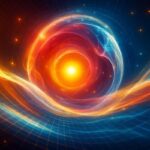

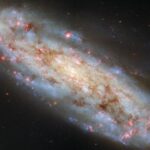
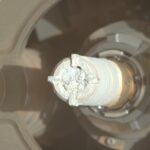
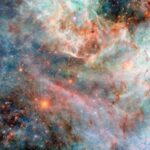


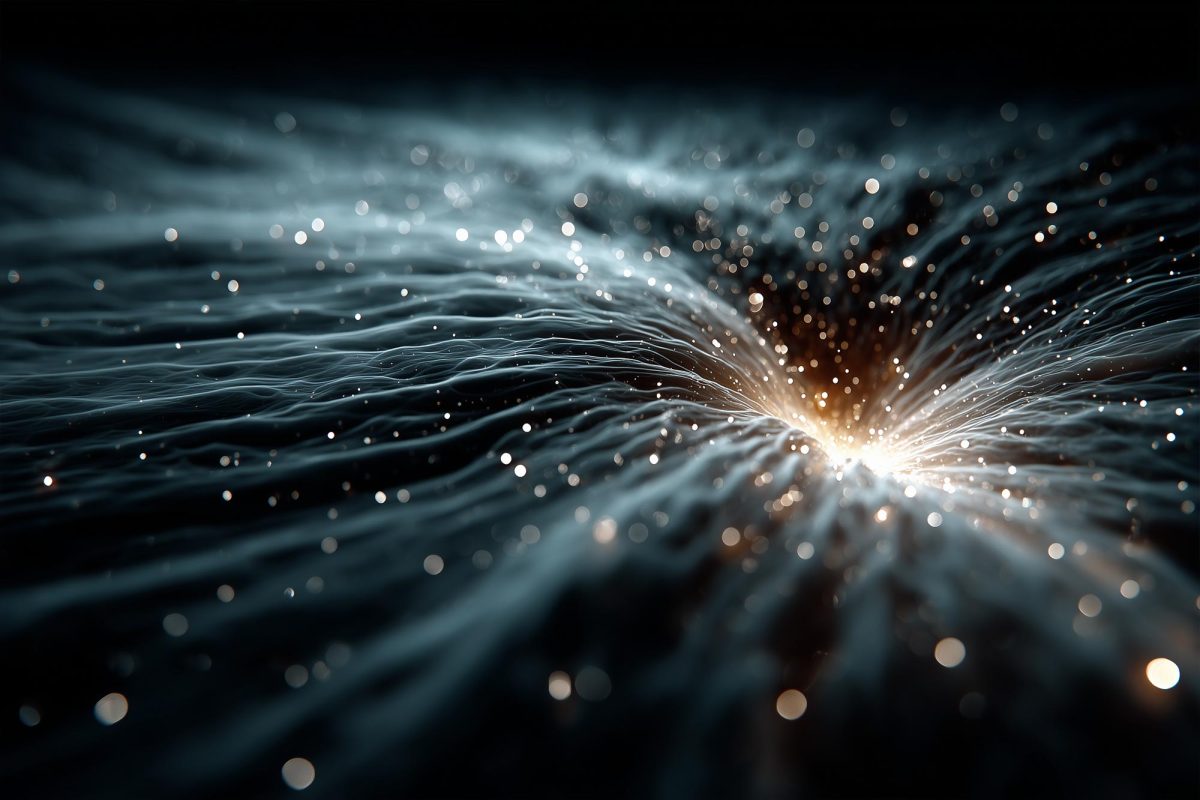

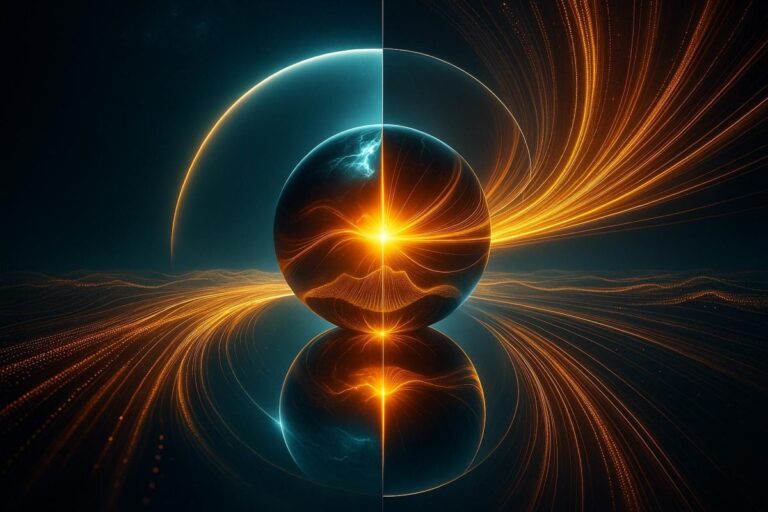
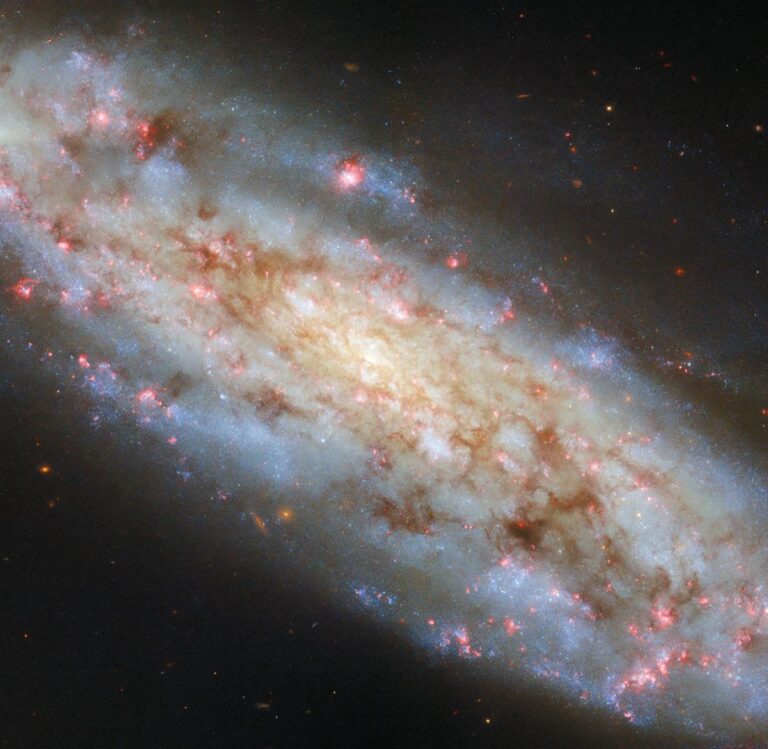

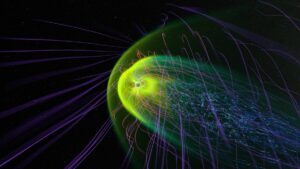
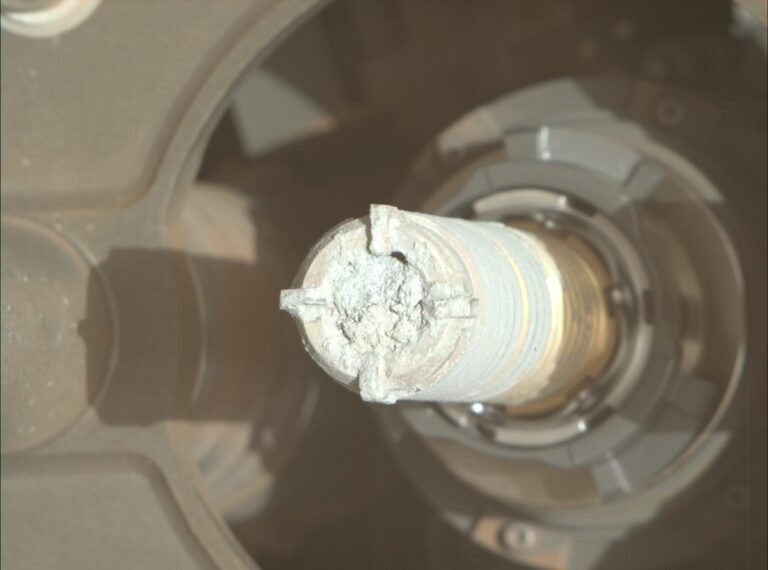
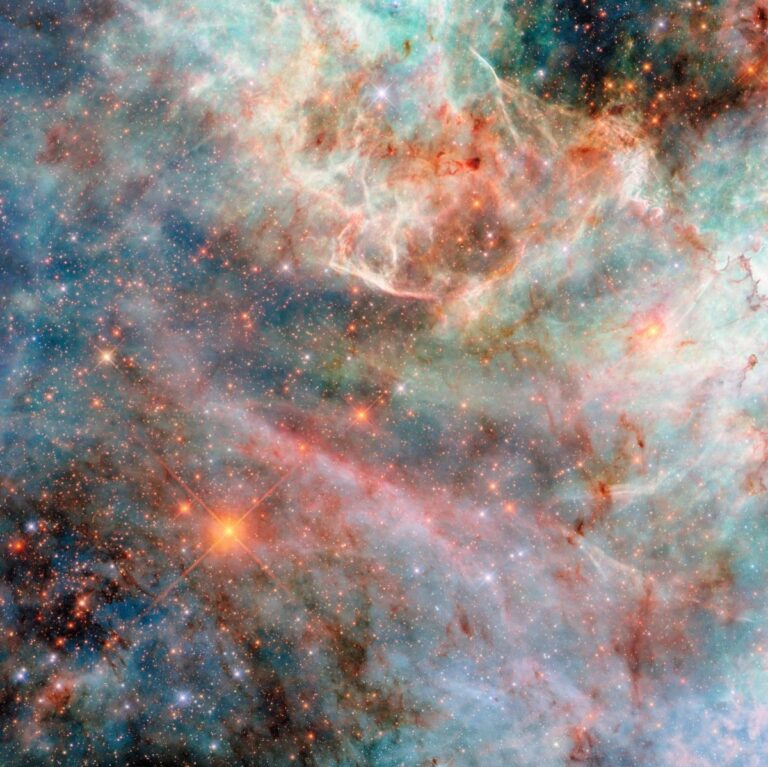

+ There are no comments
Add yours